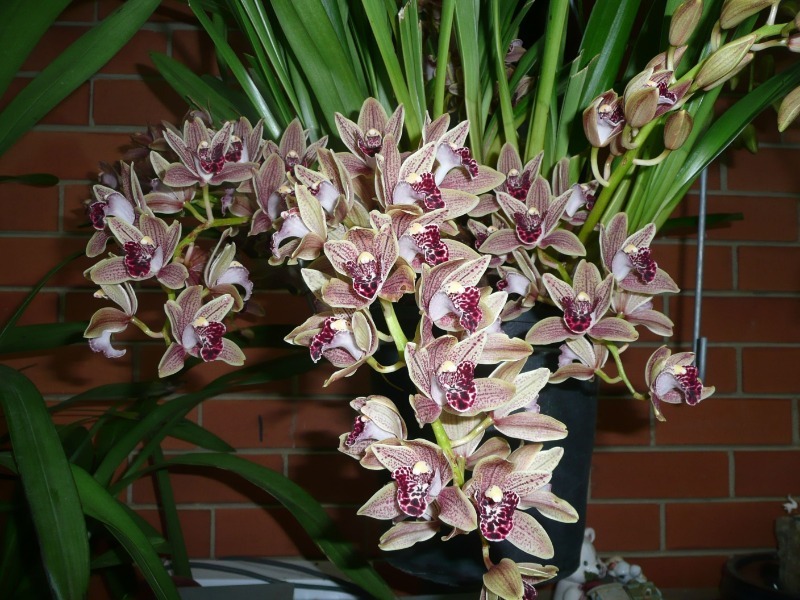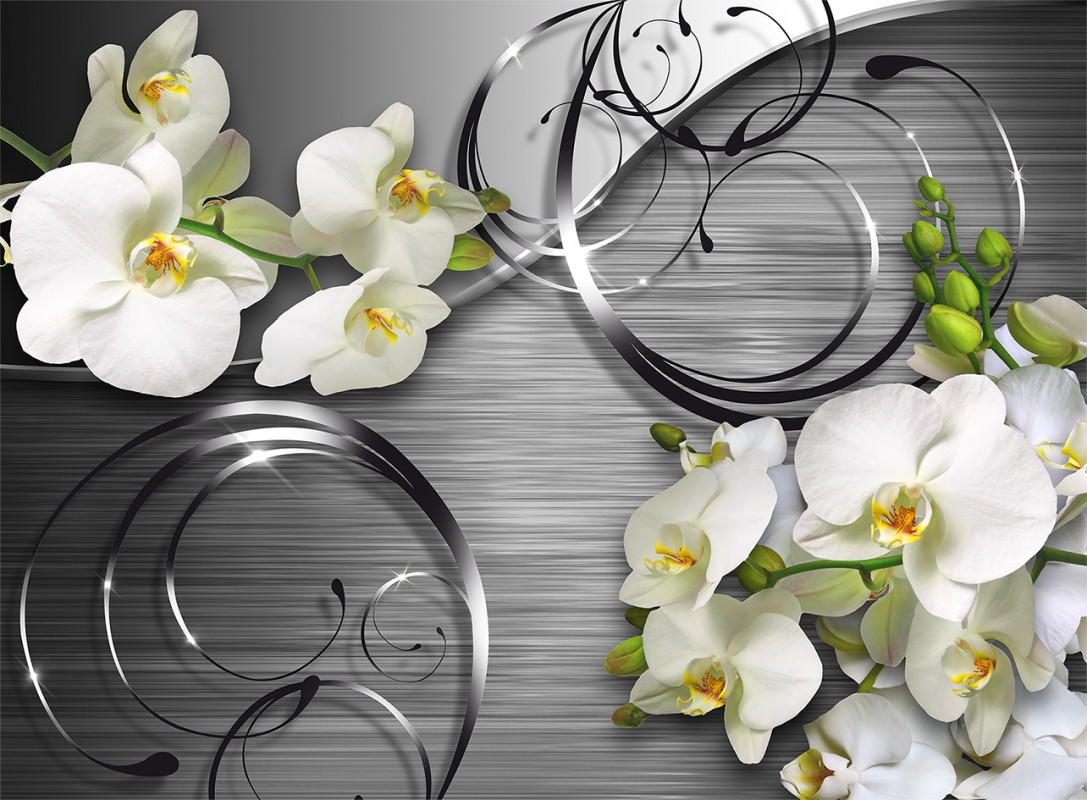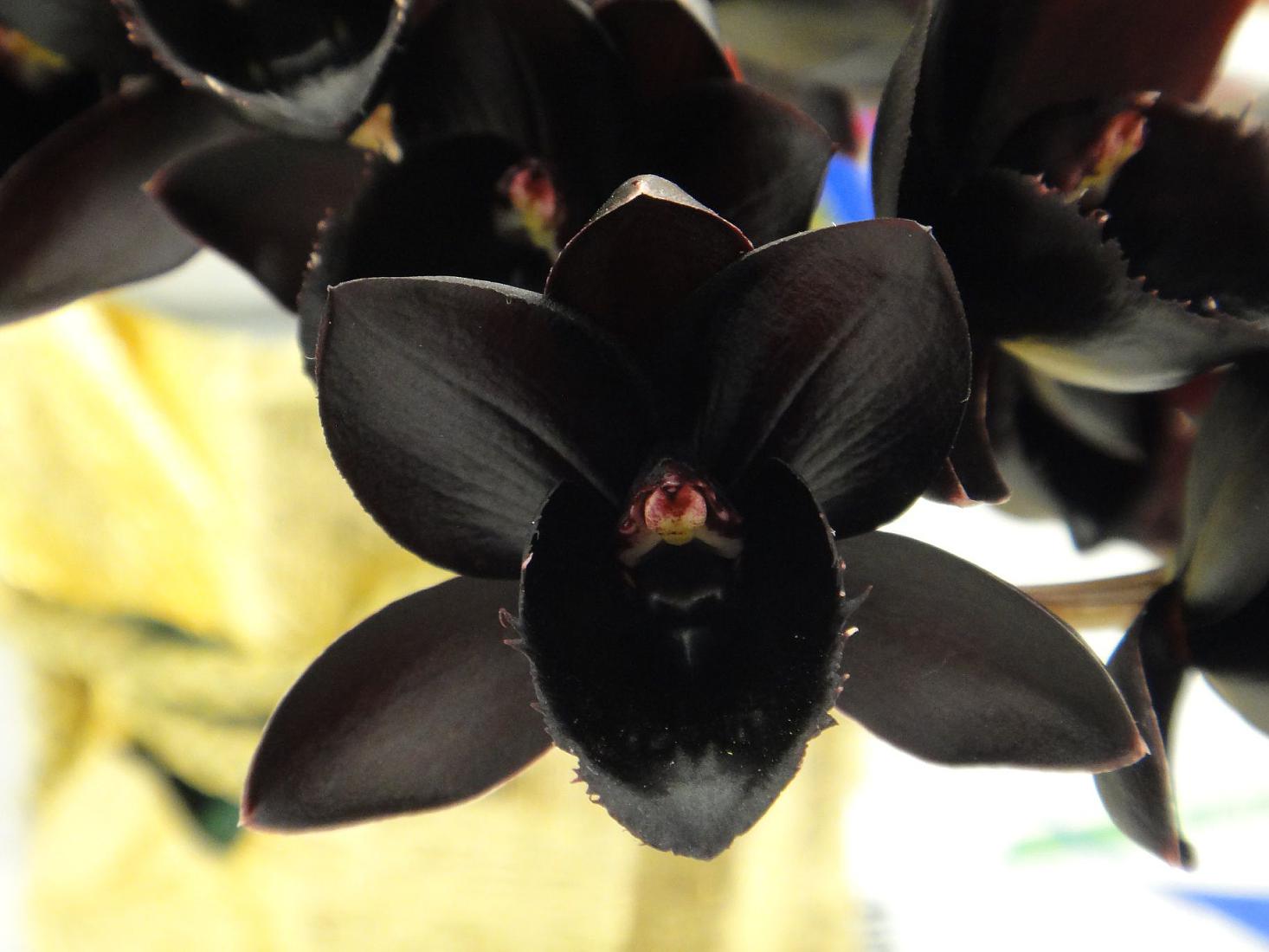The "King of Orchids" is known to many plant lovers. With proper care, it looks festive and elegant. But often carelessness and errors in care cause deterioration in the appearance and death of the plant.

Excessive watering
Excessive watering creates most of the problems when growing orchids, not only for inexperienced growers. Many believe that as a tropical plant, it needs a lot of moisture. But this is not the case. You need to water the flower no more than once every 10 - 14 days, and this must be done correctly.
Most moisten the soil from the watering can. As a result, a large amount of liquid accumulates in the pan, which disturbs the water balance and causes rotting of the root system. The upper part of the orchid does not receive the necessary nutrients and quickly dies.
Watering should be carried out in the morning, so that until the evening the moisture is absorbed into the substrate and begins to evaporate. The most optimal method is immersion. To do this, warm water is poured into the pan and left for 15 - 20 minutes. After the procedure, you need to drain the remaining liquid and put the pot in a warm place.
With this watering, the roots will take the required amount of moisture. To moisturize, you can place the plant in a warm shower, after which you also need to let the water drain.
Too bright light
In its natural environment, the flower grows in the lower tier of the rainforest, so at home it needs to create similar conditions. Very bright lighting and direct sunlight can cause burns on orchid leaves.
The plant will not feel good if you place the pot on a southern windowsill. The flower is placed on east or west windows with diffused lighting. If this is not possible, the orchid is shaded with curtains or tall plants.
Elevated temperature
In a poorly ventilated room, due to high temperature or insufficient humidity, orchid leaves lose their elasticity and become soft. These are signs of heatstroke. This phenomenon is observed if in the room where the plant is kept, the difference between daytime and nighttime temperatures is insignificant.
For the orchid to develop correctly, the daytime temperature must exceed the nighttime temperature by 5 - 6 ° C. It can be quite difficult to create such conditions in an apartment, so many experienced flower growers have kept an orchid on a closed balcony or loggia since the end of spring. Where the temperature difference is achieved naturally.
In the cool season, when the plants are at home, the room is regularly ventilated. This must be done very carefully, since the orchid is very afraid of drafts. You can also use an air conditioner or fan to lower the room temperature.
Dry air
Plants prefer moist air. It can be very difficult to achieve high humidity in an apartment with central heating.
To increase the humidity level, it is recommended to place a wide container filled with water next to the flower pot, or use a household humidifier.
Incorrect feeding times
The orchid is able to accumulate nutrients in pseudobulbs and spend them on the formation of arrows and flowers. When additional feeding is applied, the plant may not bloom within the specified time frame. As a top dressing, you should use a special complex fertilizer designed specifically for this species.Fertilizers are applied once every 10 - 15 days during the growing season after watering.
Plants that were recently purchased from the store should not be fed as they are planted in soil that contains a significant supply of nutrients. Weakened and flowering orchids do not feed.
During the flowering period, the plant can shed flowers, spending energy to absorb the nutritional supplement.
You also need to abandon fertilization in the winter. Too frequent use of mineral compositions can provoke a chemical burn of the root system.
Wrong ground
The mistake of novice florists is to plant an orchid in ordinary soil, and this is fraught with root rot. The flower grows in the ground with a special composition of pine bark, moss, charcoal and coarse sand.
This primer, containing the correct proportions of the ingredients, can be obtained from your specialist dealer.
Cutting the peduncle
After flowering, many growers cut the arrows off the orchid. Only dried peduncles are subject to pruning. The plant does not dry out the arrows, but uses them for further flowering. They should be removed only from a sick or weakened flower.
After the inflorescences have wilted, you need to wait a while until the orchid takes from it the entire supply of nutrients. If it wilted for any reason, the peduncle must be carefully removed with a sharp knife, leaving a small stump 1 - 2 cm high.
Frequent transplant
Very often, trying to create favorable conditions for the orchid, flower growers often begin to transplant the plant. It must be remembered that it does not like the frequent change of scenery. It is carried out once every 3 to 4 years and only in case of emergency. The flower is transplanted by the transshipment method, keeping an earthen lump when the root system has grown too large and does not fit in the pot.
The reason for the transplant can be an exhausted substrate that does not contain the required amount of nutrients and does not give up moisture well. As a result, the orchid stops developing and blooming.
For the procedure to be painless, you need to wait until the orchid has faded, and new shoots will begin to build up their own root system.
When transplanting, the plant is positioned in such a way that the growth points are located closer to the center of the container, and not along the edges. It is important to carefully examine the root system and remove old and rotten roots.


